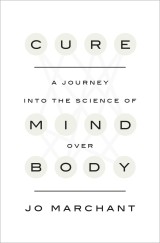 Mind+Body Science (start time: 4:52): If you’ve ever struggled to decide whether to see a Western conventional doctor or an “alternative” medical practitioner for ailments ranging from a compromised immune system to irritable bowel syndrome, you are aware of a deep divide between the two camps. Dr. Jo Marchant, a British geneticist and science writer, has delved into the science and politics of mind-body connections in her new book. It’s called Cure: A Journey into the Science of Mind Over Body. She discusses this journey with host Susan Moran. (We played snippets from the interview during the recent pledge-drive show. Thanks to you, listener-members, for your support! And thanks, Crown Publishers, for allowing KGNU to give copies of Cure to those who pledged during the show.
Mind+Body Science (start time: 4:52): If you’ve ever struggled to decide whether to see a Western conventional doctor or an “alternative” medical practitioner for ailments ranging from a compromised immune system to irritable bowel syndrome, you are aware of a deep divide between the two camps. Dr. Jo Marchant, a British geneticist and science writer, has delved into the science and politics of mind-body connections in her new book. It’s called Cure: A Journey into the Science of Mind Over Body. She discusses this journey with host Susan Moran. (We played snippets from the interview during the recent pledge-drive show. Thanks to you, listener-members, for your support! And thanks, Crown Publishers, for allowing KGNU to give copies of Cure to those who pledged during the show.
Headlines (0:56 – 4:30) 1) Analyzing the molecular signature from our body’s microbial communities might be used in the future to link suspects to crimes definitively. 2) New research explores whether molecules behave like predatory animals when it comes to foraging for food.
Hosts: Beth Bennett, Susan Moran
Producer: Beth Bennett
Engineer: Beth Bennett
Headline Contributor: Beth Bennett
Executive Producer: Joel Parker
Listen here to the show:
Podcast: Play in new window | Download (Duration: 24:45 — 22.7MB)
Subscribe: RSS



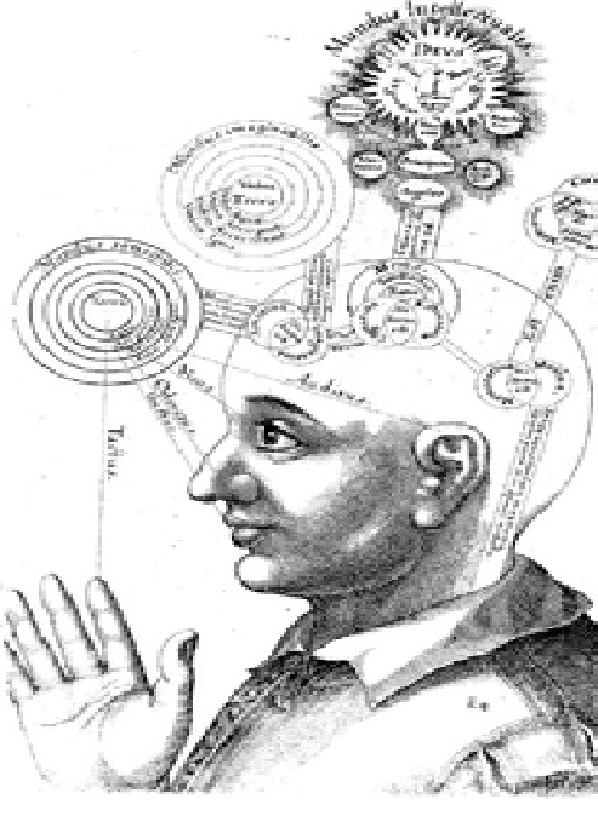

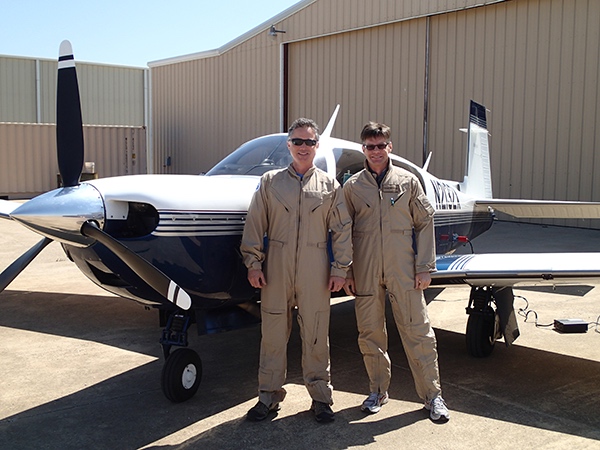
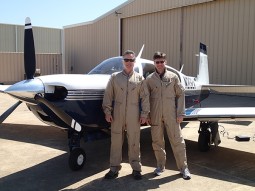
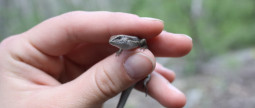
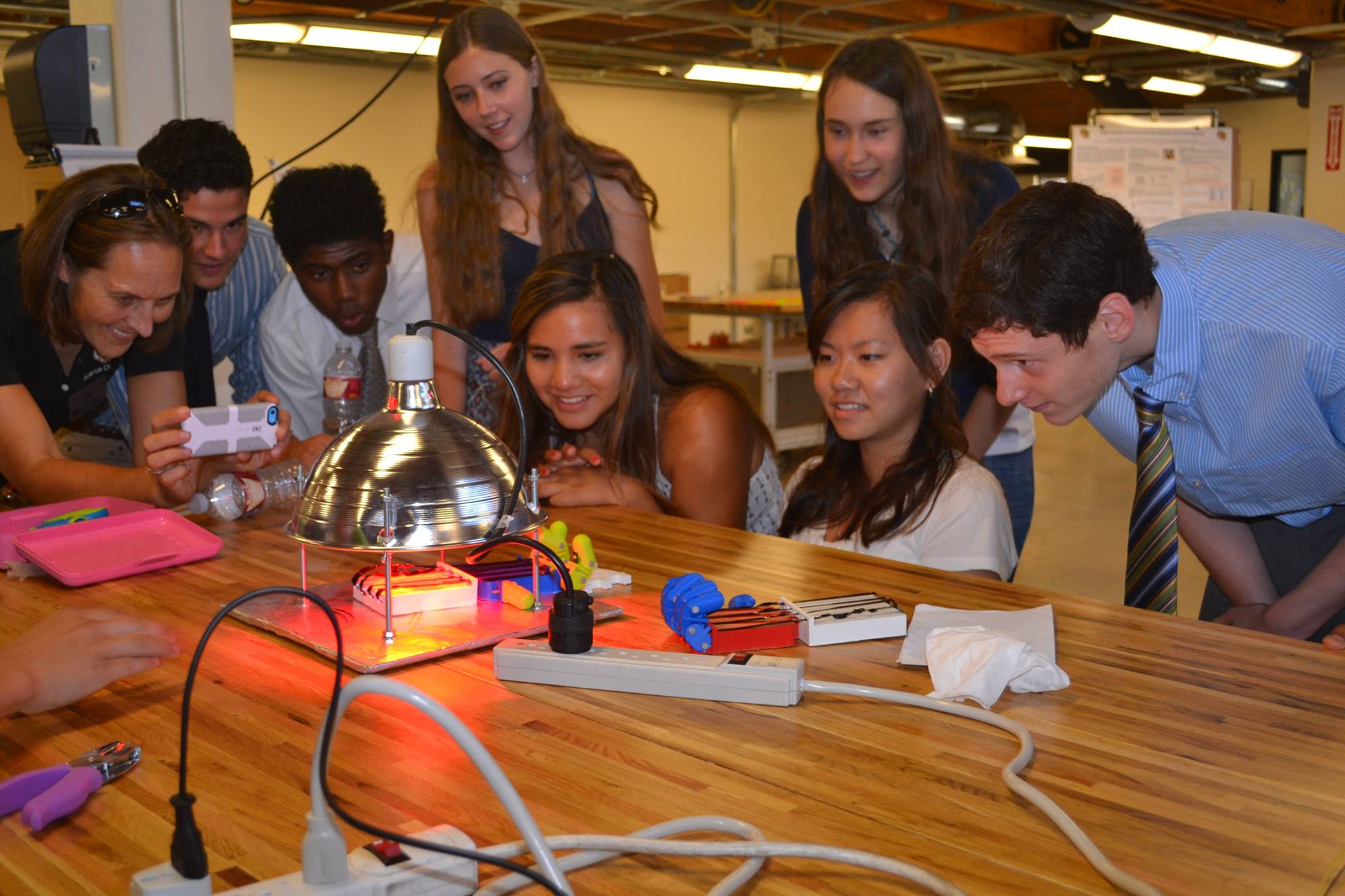
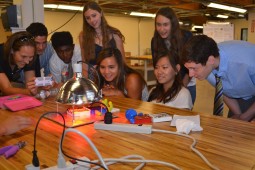
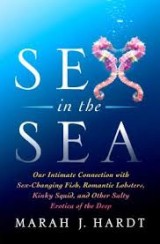 Sex & Evolution Beneath the Waves (start time: 14:45) Ever wonder about the sex lives of gender-bending fish, desperately virgin elephant seals, and other creatures of the sea? Marine ecologist
Sex & Evolution Beneath the Waves (start time: 14:45) Ever wonder about the sex lives of gender-bending fish, desperately virgin elephant seals, and other creatures of the sea? Marine ecologist 
 Interview with LIGO Scientist Dr. Matt Evans (6:22): The recent big news in physics was the announcement of the first direct detection of gravitational waves. The detection was made by the
Interview with LIGO Scientist Dr. Matt Evans (6:22): The recent big news in physics was the announcement of the first direct detection of gravitational waves. The detection was made by the 

 Winter Stars (starts at 5:30). We talk with Dave Sutherland, an interpretive naturalist with Boulder Open Space and Mountain Parks, about winter star-gazing. This program is tied to an upcoming concert performance by the Boulder Philharmonic Orchestra on February 12, 2016. More information about the Boulder night hikes and other programs can be found at:
Winter Stars (starts at 5:30). We talk with Dave Sutherland, an interpretive naturalist with Boulder Open Space and Mountain Parks, about winter star-gazing. This program is tied to an upcoming concert performance by the Boulder Philharmonic Orchestra on February 12, 2016. More information about the Boulder night hikes and other programs can be found at: 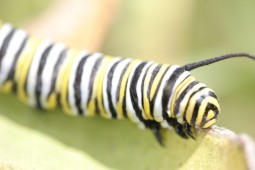



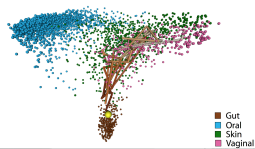
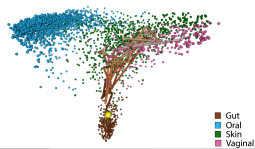 Using the Microbiome to Determine Time of Death (starts at 5:40): This week on How on Earth, we speak with
Using the Microbiome to Determine Time of Death (starts at 5:40): This week on How on Earth, we speak with 
